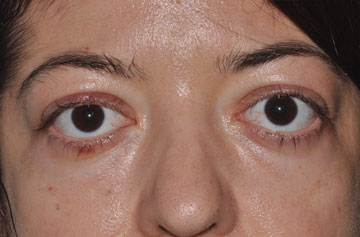Graves (Thyroid) Eye Disease
Bulging eyes
Thyroid eye disease, also known as Graves disease, can lead to bulging eyes, double vision and sometimes loss of vision . Once the disease becomes stable, surgery can be done to improve the function and the aspect of the eyes.
What you should know about Thyroid Eye Disease
Hyperthyroidism (high thyroid hormones) is not the actual cause of thyroid eye disease. It is an autoimmune diseases such as Graves and Hashimotto that can affect both the eyes and the thyroid glands and lead to Thyroid Eye Disease (TED). Patients should stop smoking as soon as they are diagnosed with Graves disease, otherwise they have a 20 times higher chance of severe complications, such as permanent vision loss.
Most patients start experiencing eye problems as soon as their thyroid gland becomes overactive. For some, the eye changes may develop before hyperthyroidism is detected. Others may not develop symptoms until months or years later. Both eyes are usually affected, but not necessarily to the same degree.
In mild cases, the common symptoms are: pressure around the eyes, ocular irritation and tearing. In severe cases, the inflammation of the eye muscles may result in restricted eye movement causing double vision. If the muscles become too swollen, they can sometimes compress the optic nerve resulting in progressive loss of vision.
The disease usually becomes inactive after 6 months to 2 years. At that time the patient is left with bulgy, dry eyes, double vision and retracted eyelids.
Treatment
In the acute, inflammatory phase, intravenous infusions of steroids (Methylprednisolone) can decrease the swelling and the risk of developing further, permanent changes around the eyes. This treatment is done once a week in ambulatory setting (no hospitalization needed) for 10 weeks. Most patients have a positive response and do not require further intervention. In a minority of cases (5-8%) the inflammation is severe enough to produce vision loss from compression on the optic nerve. If there is no improvement after 2 weeks of intravenous steroid treatment, orbital decompression surgery is necessary to save the patient’s vision.
In the inactive or stable phase of TED and only in patients who haven’t smoked in 6 months, surgery can be performed to correct the protruding eyes and the retracted eyelids.
-
Practical information:
Length of surgery: 1-2 hours
Anesthesia: general anesthesia
Hospitalization: ambulatory (day surgery)
Downtime: 1-2 weeks
Before & After
Before
After
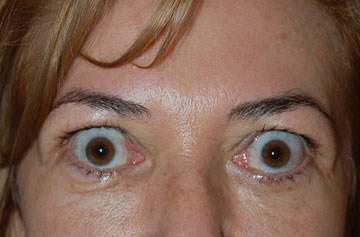
Before
After
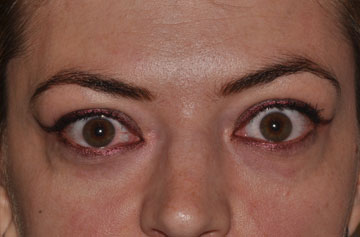
Before
After
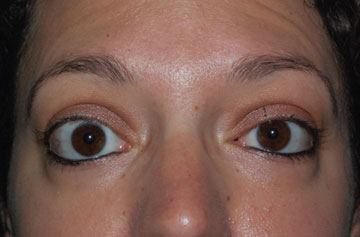
Before
After
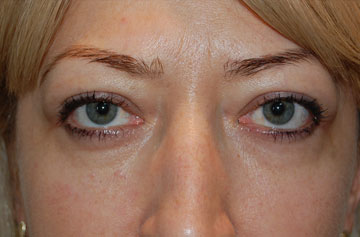
Before
After
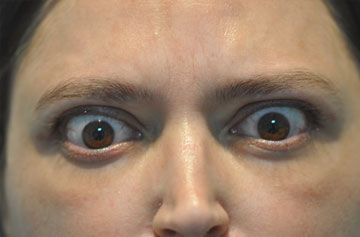
Before
After
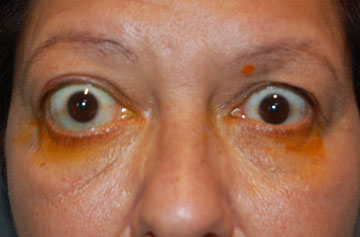
Before
After
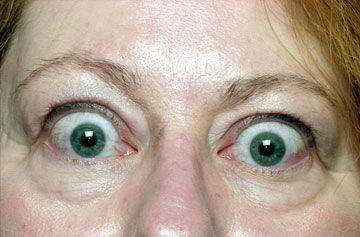
Before
After
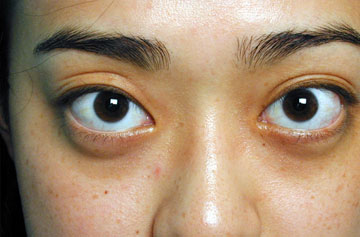
Before
After
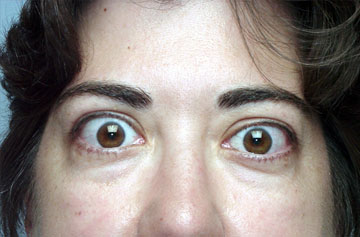
Before
After
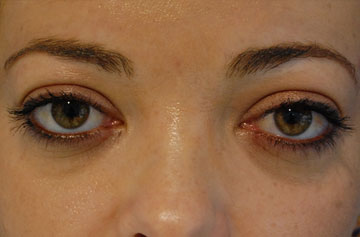
Before
After
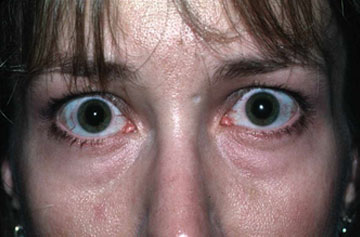
Before
After
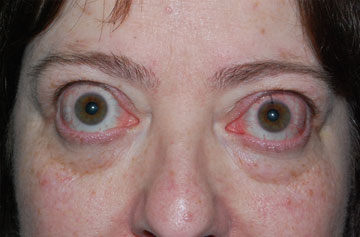
Before
After
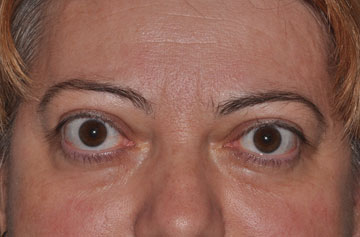
Before
After
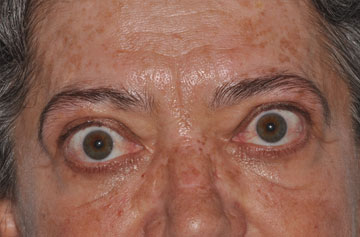
Before
After
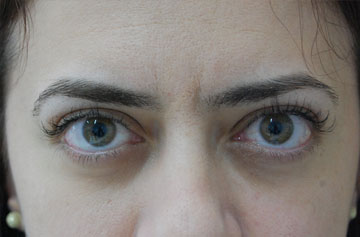
Before
After
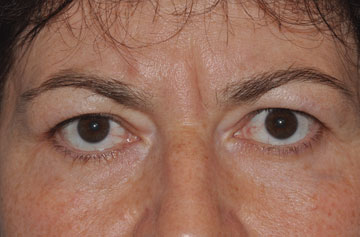
Before
After
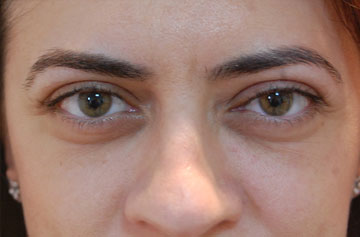
Before
After
